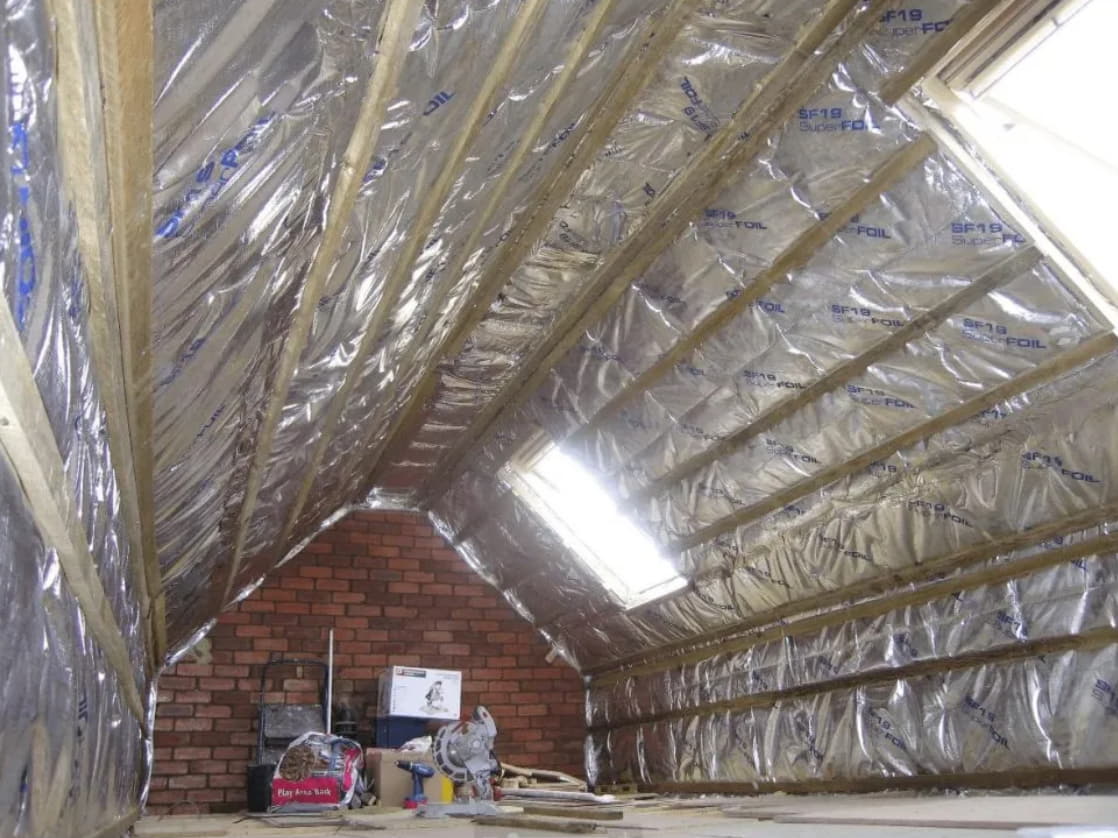When it comes to ensuring a comfortable and energy-efficient home, proper roof insulation is a critical factor. With the country’s diverse climate, ranging from frigid winters to warm summers, understanding the nuances of roof insulation in Canada is essential. This ultimate guide covers everything you need to know to make informed decisions about insulating your roof in the Canadian context.
1. Understanding the Canadian Climate
Canada experiences a wide range of temperatures and weather conditions, from sub-zero winters to hot summers. The effectiveness of your roof insulation will depend on its ability to provide thermal resistance in both extreme cold and heat. Consider the specific climate of your region when choosing insulation materials and strategies.
2. Types of Roof Insulation Materials
There are various types of insulation materials suitable for Canadian roofs. Common options include fibreglass, cellulose, foam board, and spray foam insulation. Each material has its advantages and considerations. Fiberglass, for example, is cost-effective, while spray foam offers excellent air-sealing properties. Evaluate the characteristics of each material to choose the one that best suits your needs.
3. R-Value Considerations
The R-value measures the thermal resistance of insulation, indicating how well it resists heat flow. In Canada, where winters can be harsh, selecting insulation with a high R-value is crucial. The recommended R-value for roof insulation in different regions of Canada may vary, so it’s important to choose insulation that meets or exceeds the local building codes.
4. Ventilation for Roof Health
Proper ventilation is integral to the health of your roof and the effectiveness of insulation. In cold climates, ventilation helps prevent the buildup of moisture, reducing the risk of ice dams. It also contributes to a more consistent temperature in the attic space, optimizing the performance of insulation.
5. Installation Considerations
The effectiveness of roof insulation depends on proper installation. Inadequate installation can lead to gaps, thermal bridging, and reduced performance. Hiring a professional installer ensures that the insulation is installed correctly, addressing potential issues and maximizing its efficiency.
Conclusion
In conclusion, understanding the nuances of roof insulation in Canada is crucial for creating a comfortable and energy-efficient home. Consider the climate, choose the right insulation materials with appropriate R-values, prioritize proper ventilation, ensure correct installation, and explore available government incentives. By investing in quality roof insulation, you not only enhance your home’s comfort but also contribute to energy conservation and environmental sustainability.

